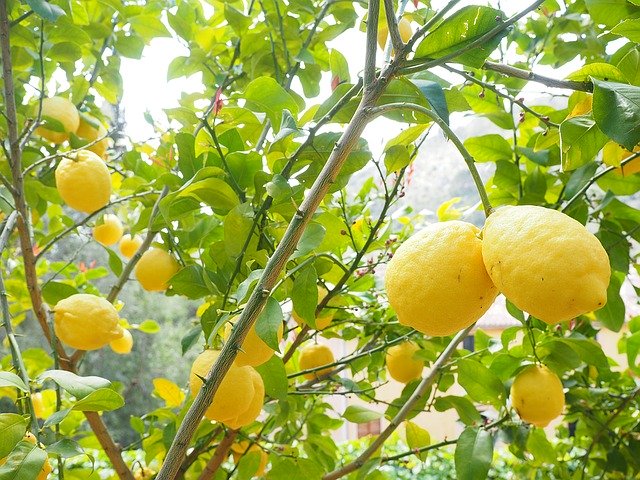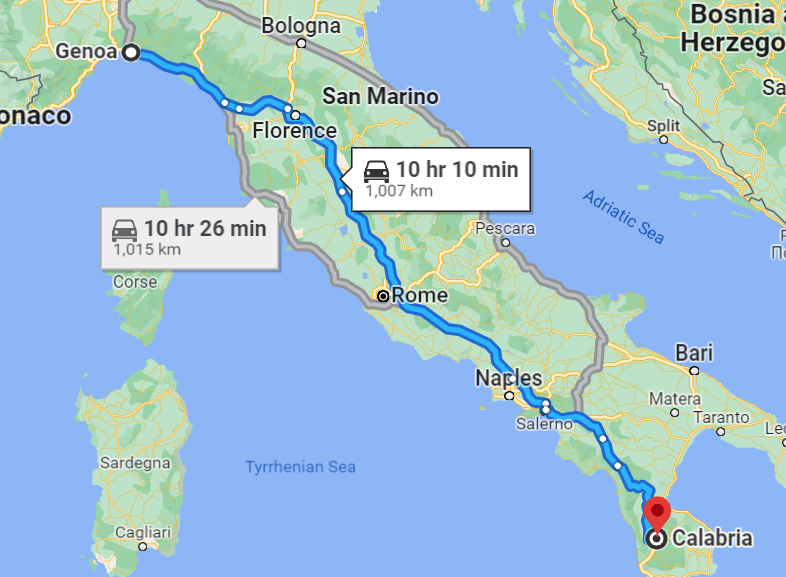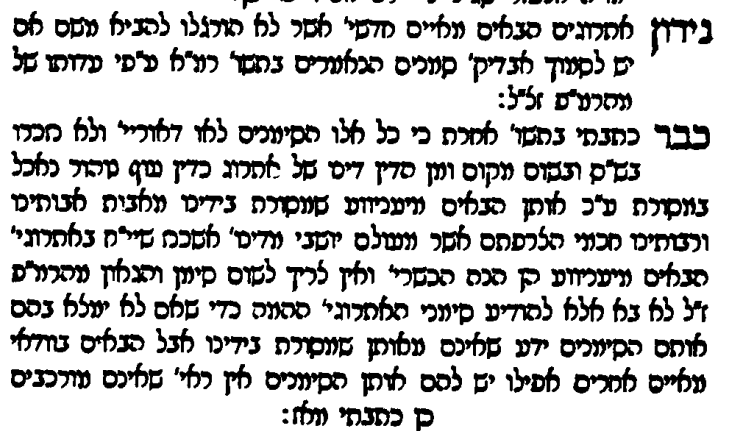BSD
Sukkah 35a
1st. Adar 28, 5782. March 1, 2022
We continued with the weird story discussed in the תרומת הדשן about the Esrog that was diced or sliced and sent around to a few towns.
There is an interesting general ruling at the end of this תשובה.
After ruling that the cutting up of an Esrog is not advisable for many reason, he concludes by saying:

‘Even if all my proofs are not valid, ruling that such an Esrog is Kosher, would be perplexing to all. And as the הגהות מיימונית writes that one is not permitted to be מתיר something that would ‘raise eyebrows’; – “דבר התמוה לרבים”.

2- We diverged to the time when Reb Moshe ruled that governmental supervision is sufficient in regards to חלב ישראל.

BUT in another place:
שו”ת אגרות משה יורה דעה חלק ב סימן לה
בדבר חלב הקאמפאניעס שבמדינתנו, … ב’ ..מנ”א תש”ל. מע”כ ידידי מוהר”ר יוסף דוד ליינער שליט”א.
בדבר חלב הקאמפאניעס שבמדינתנו שבארתי בספר אגרות משה סימן מ”ז בחיו”ד שליכא איסור חלב שחלבו עכו”ם ואין ישראל רואהו, אבל מ”מ מן הראוי לבעלי נפש להחמיר, שמטעם זה ודאי ראוי למנהלי ישיבות קטנות שיתנו להתלמידים חלב של אלו הקאמפאניעס שמעמידין ישראל לראות החליבה, ואף שהוא ביוקר מעט שלהישיבות עולה זה סך גדול במשך השנה והמצב של הישיבות דחוק בשנים אלו שבשביל זה מקילים באיזו ישיבות, מ”מ כדאי להחמיר כי גם זה הוא מעניני חינוך ולמוד שידעו שכדאי וראוי לבני תורה להחמיר אף כשיש רק חשש איסור, דמזה יתבוננו לראות איך לירא מאיסורין, וכל הוצאות הישיבה הרי הוא כדי לחנך דור נאמן לה’ ולתורתו, ומעניני חינוך אין לצמצם. אבל במקומות הרחוקות שאין שם קאמפאניעס מחלב שישראל רואהו, והוא דבר קשה מאד להשיג חלב שישראל רואה בשעת החליבה אף ליחידים אין להם להחמיר.
Was that a דבר תמוה at the time?
Story with the appeal for Reb Moshe’s Yeshiva and Haagen Dazs.
3 – The famous words of the Rambam in regards to identifying the אתרוג with the words פרי עץ הדר. Introduction to Mishna 8. From Sefaria.
And we have also not found a disagreement in that which the verse states (Leviticus 23:40), “פרי עץ הדר,” such that one would say it is a citron (etrog), and the other say it is quinces or pomegranates or other [fruit] beside it. And we have also not found a disagreement about a “leafy tree” that it is [anything but] a myrtle.

And when you see in the Talmud [that] they are investigating and disagreeing with one with another in the pattern of investigation and bringing proofs for one of these explanations, and similar to these – for example, that which the statement of the verse stated, “the fruit of a beautiful tree,” maybe it will be pomegranates or quinces or other [fruits] besides them, until (Sukkah 35a – Chapter 3) they bring a proof about it from that which it stated, “the fruit of a beautiful (hadar) tree,” and [one teacher] said it is a tree the taste of its fruit and its [bark] which are the same; and another said, it is a fruit that resides (hadar) in its tree from one year to the next; and [yet] another said, it is a fruit that dwells upon all waters – they did not bring these proofs because the matter had become garbled for them, until it became known to thee from these proofs. But [rather] without a doubt, we have seen from Yehoshua until now that they would hold a citron with the palm branch (lulav) every year. And there is no disagreement about it, but [rather] they were probing for the hint that is found in Scripture for this.
4- Our Gemara suggest that perhaps פרי עץ הדר are small peppercorns. The rebuttal is that since it says ולקחתם, it means to imply that the ‘taking’ has to be noticeable. A small peppercorn would not be noticeable when in the palm of a person.


We mentioned the query of Reb Yosef Engle if one takes 2 לולבים , one of which (unknown which one) is stolen. At first glance one would say that he is יוצא since regardless whichever one is the Kosher one, he did shake it. But says Reb Yosef, perhaps not, since the Kosher one is not ‘noticeable’…
5- We read the text of the Chasam Sofer that is the basis of all discussions concerning the authenticity of locations where we are sure that the Esrogim are not מורכבים.

Lemon Tree Grafts
Th Rebbe quotes this תשובה as well.
His basic point is that an Esrog must come only from a location that has a מסורה that the trees are not מורכבים. He acknowledges that there are others who say that there are 4 identifying characteristics that differentiate a non מורכב to a מורכב. But one cannot rely on this alone.

Thus, the only place to get Esrogim from are from Calabria, Italy, where ‘the great Rabbis of France and Germany got their אתרוגים.
These Esrogim were transferred to the port of Genoa from where they were shipped by boat to the rest of the world. Hence the name Yanover (or Genoese) Esrogim.

He likens this to the consumption of an עוף טהור. Despite the identifying characteristics of all Kosher birds (as opposed to non-Kosher ones) that we find in the גמרא, we do not rely on them. We only eat the ones that we have a מסורה that Jews have been eating it for many generations.


More on this next week.
